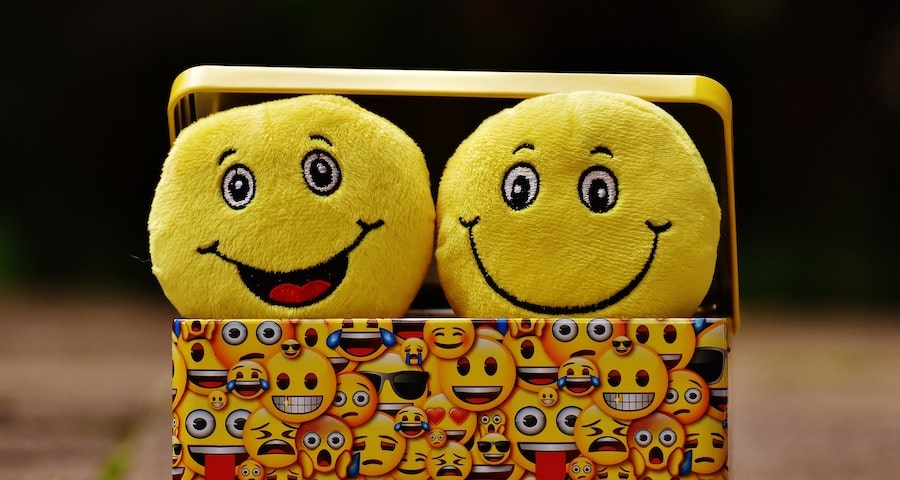
With the rise of digital communication comes a new way of expressing ourselves: the emoji. Love them or hate them, emojis have become a ubiquitous part of internet exchanges. They’ve even made their way into the Oxford English Dictionary! But why do we love these little pictograms so much?
What do they tell us about how we communicate in the digital age? In this blog post, we’ll explore the pragmatic purpose of emojis and why people love to use them in internet-based communication.
Contents
Building emotional connections
Emojis allow us to express our emotions in a way that text alone cannot. Whether it’s a smiley face or a heart, these little images can convey sentiments that would take more words to express. In fact, studies have shown that people who use emojis in online communication are perceived as warmer, friendlier, and more approachable. So, by using emojis, we can build emotional connections with others that we might not be able to do with text alone.
Enhancing meaning and tone
Emojis can be used to convey meaning and tone that might be lost in text. For example, the eye-roll emoji can indicate sarcasm or annoyance, while the thumbs-up emoji can show approval or agreement. This is especially important in digital communication, where the absence of nonverbal cues can lead to misunderstandings. By using emojis, we can ensure that our meaning and tone are conveyed accurately.
Breaking down language barriers
Emojis are a lingua franca of sorts – they transcend language barriers and can be understood by people all over the world. In fact, emojis are used more frequently in international communication than in communication between people who share a common language. This is because emojis allow us to express ourselves in a way that transcends language and culture. By using emojis, we can communicate with people in a way that is both more efficient and more inclusive.
Fostering creativity
Emojis are endlessly versatile – there are currently over 3,000 different emojis available to use! This means that we can use emojis to express ourselves creatively and experiment with new ways of communicating. In fact, many people use emojis in ways that go beyond their intended purpose – for example, using a banana emoji to represent something phallic. This fosters creativity and expands the boundaries of what is possible in digital communication.
The future of emoji
As technology continues to evolve, so too will the emoji. In fact, Apple recently announced that they will be releasing a set of disability-inclusive emojis to promote inclusivity and diversity in digital communication. This shows that emojis have the power to transcend their original purpose and become vehicles for social change. The future of emoji is exciting and full of possibilities.
Conclusion
In conclusion, emojis have become an integral part of how we communicate in the digital age. By allowing us to build emotional connections, convey meaning and tone, break down language barriers, foster creativity, and promote inclusivity and diversity, emojis have transformed the way we express ourselves online. Love them or hate them, it’s clear that emojis are here to stay – and we can’t wait to see what the future holds for these little pictograms.
